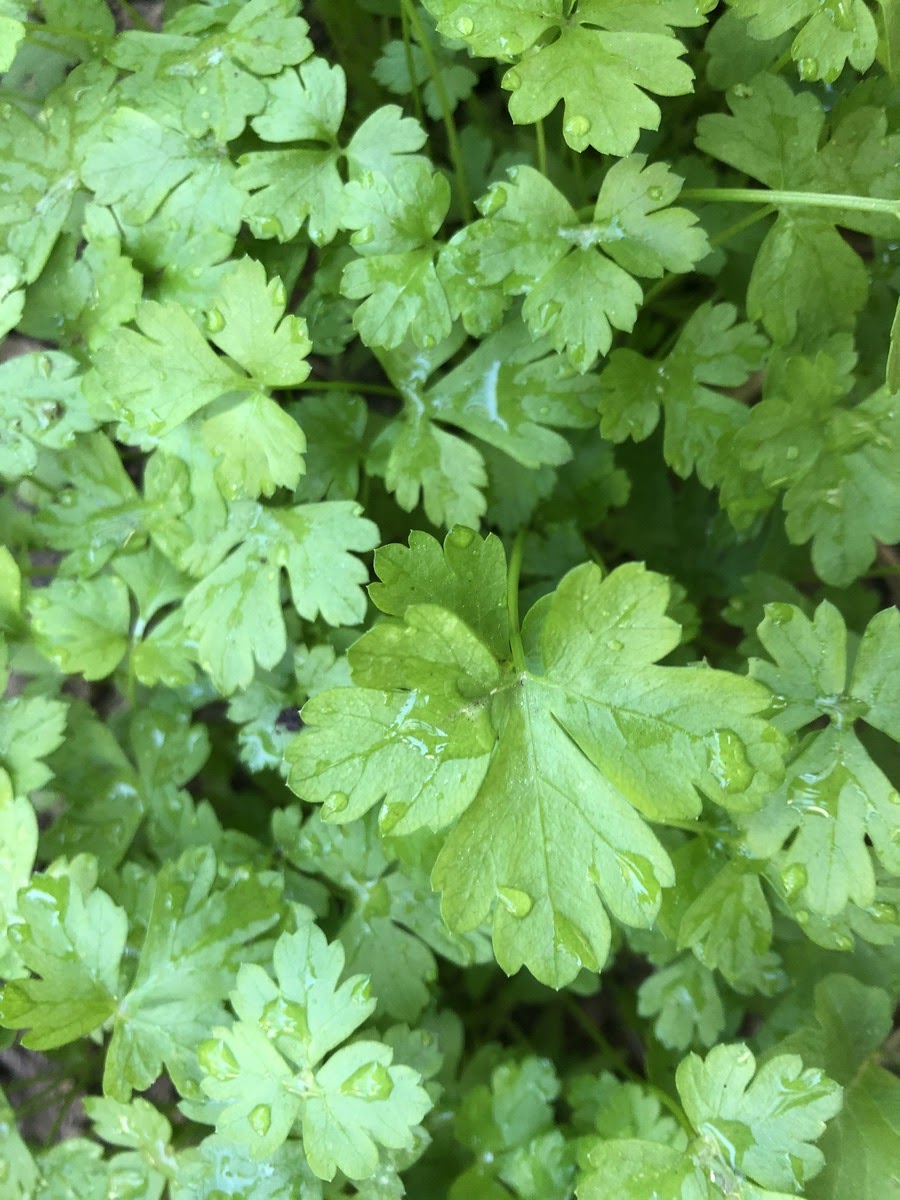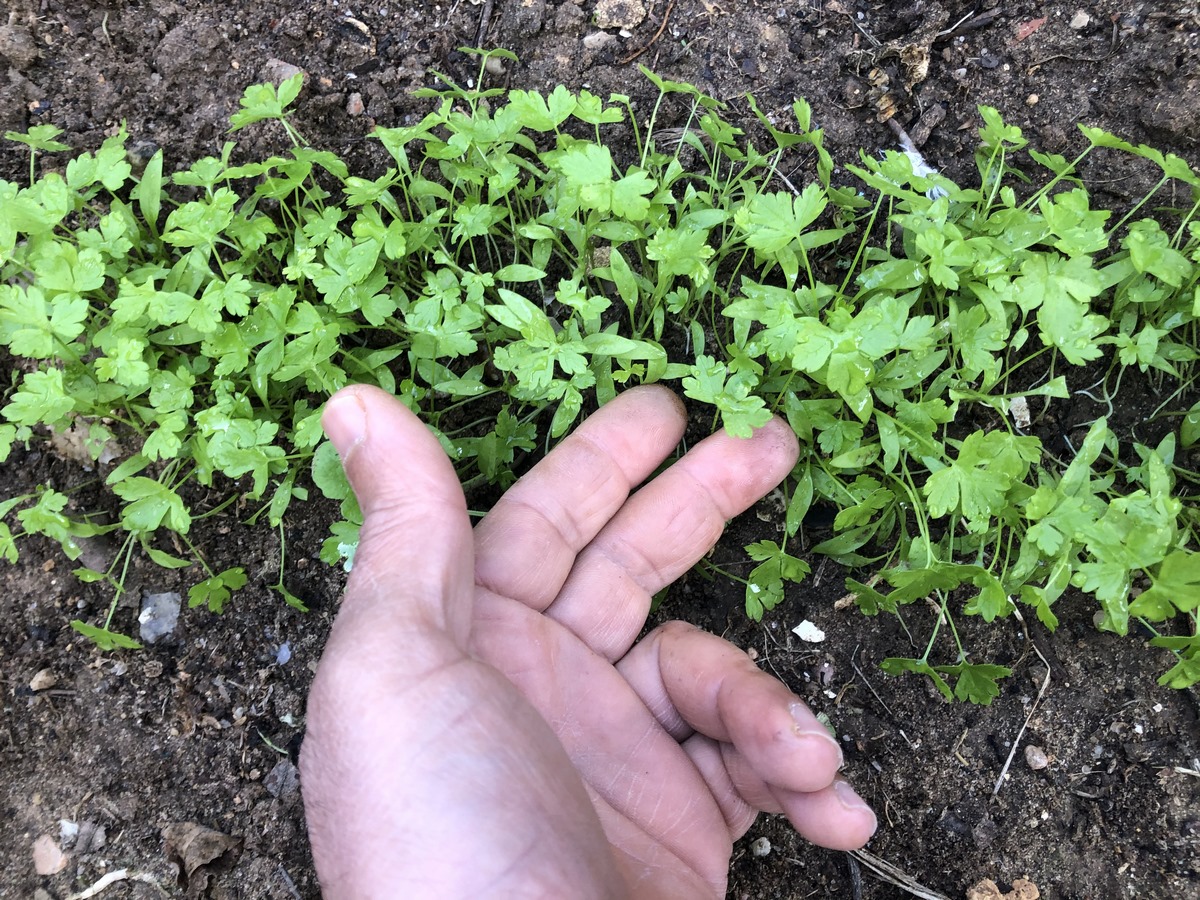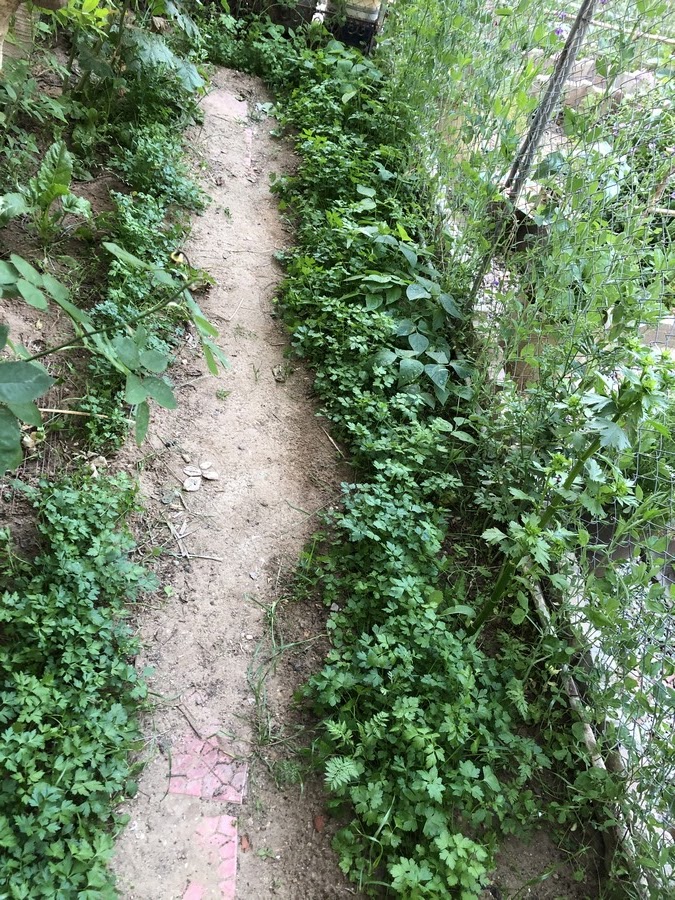Petroselinum crispum, or parsley, is a flavorful and adaptable herb that is a mainstay in many culinary traditions. Aside from adding a fresh and aromatic touch to your dishes, growing organic parsley has many health benefits. In this comprehensive guide, we will walk you through every step of growing and taking care of organic parsley, from choosing the right variety to harvesting and using this vibrant herb.
Benefits of Growing Organic Parsley
Culinary Uses
Organic parsley is a widely used herb that imparts flavor and visual appeal to a variety of foods, such as salads, soups, sauces, and garnishes. Its vibrant, fresh flavor gives depth to both cooked and raw preparations, and it is a staple in many different cuisines across the globe.
Nutritional Value
In addition to being high in vital minerals like calcium and iron, parsley also has a wealth of vitamins A, C, and K. It also has volatile oils and protective antioxidants that support its possible health advantages, which include digestive and anti-inflammatory effects.
Selecting the Right Parsley Variety
Select a parsley variety that fits your culinary preferences and gardening objectives. There are two main types of parsley that are commonly grown organically: curly-leaf parsley and flat-leaf (Italian) parsley. Curly-leaf parsley is typically used as a decorative garnish, while flat-leaf parsley is valued for its robust flavor. Preparing the Soil
Soil Quality
Add organic matter, such as compost or well-rotted manure, to the soil to improve its texture, moisture retention, and nutrient content. Organic parsley grows best in well-draining, fertile soil that has a pH range of slightly acidic to neutral. Ensure that the soil is loose and aerated to support healthy root development.
Watch Adding Chicken Manure to The Garden Soil and Its Benefits
Sunlight and Water Requirements
Parsley prefers a location with partial to full sunlight, although it can tolerate some shade, especially in hot climates. Provide consistent moisture to the plants, ensuring that the soil remains evenly moist but not waterlogged. Mulching around the parsley plants can help retain soil moisture and regulate temperature.
Planting Parsley
When it comes to sowing parsley seeds, the key consideration is to choose an appropriate time, considering the climatic conditions. Parsley is a versatile herb that can be grown throughout the year in most climates. However, it's advisable to avoid planting parsley seeds during extreme weather conditions, whether excessively hot or cold. Planting during such periods can potentially impact the germination process and hinder the overall growth of the parsley plants. To ensure successful cultivation, it's best to select a moderate temperature range for sowing parsley seeds, creating favorable conditions for optimal germination and robust plant development.
Seed Starting
Start parsley seeds indoors 8–10 weeks before the last frost date in your region. Use seed trays or small pots filled with a high-quality seed starting mix. Keep the soil consistently moist and maintain a warm temperature of around 70°F to facilitate germination.
Once the parsley seedlings have developed several sets of true leaves, transplant them into the prepared garden bed or containers. Space the plants 6-8 inches apart to allow for adequate air circulation and growth. Water the transplanted seedlings gently to help them establish in their new environment.
Direct Sowing Seeds
For a straightforward and effective approach, consider sowing parsley seeds directly in the garden. Plant the seeds at a depth of 5mm, spacing them 30-40cm apart in rows that are 30cm apart. It's essential to maintain the soil moisture, ensuring it stays consistently moist but not overly wet or dry. Germination typically takes place in approximately 14-28 days, given a soil temperature ranging from 10-30°C. As the young seedlings emerge, provide protection against potential threats such as pests, pets, and inclement weather until they become well-established. This direct sowing method simplifies the cultivation process while offering the satisfaction of witnessing the growth of dill in its natural environment.
Watch How to Plant Parsley Seeds Video
Caring for Organic Parsley
Watering and Fertilizing
Water parsley regularly, especially during dry periods, to keep the soil consistently moist. Apply a balanced organic fertilizer or compost tea every 4-6 weeks to provide essential nutrients for healthy foliage and robust growth. Avoid over-fertilization, as it may compromise the flavor of the herb.
Pruning and Harvesting
Regularly prune parsley by snipping off the outer leaves, which encourages new growth and prevents the plant from bolting. Harvest the leaves as needed, using sharp scissors or pruning shears to cut them close to the base. Avoid removing more than one-third of the plant at a time to sustain continuous growth.
Pest and Disease Management
Common Pests
Parsley may be susceptible to pests such as aphids, caterpillars, and spider mites. Inspect the plants regularly for signs of pest infestation, including yellowing or distorted leaves, and take prompt action to address any issues.
Natural Pest Control Methods
Use environmentally friendly natural pest control techniques, such as introducing beneficial insects like ladybugs and lacewings or employing neem oil and organic insecticidal soaps. Planting nearby pest-repelling herbs such borage and flowers such marigolds can also help protect parsley from infestations.
Storing and Using Organic Parsley
Storage Tips
Store freshly harvested organic parsley in the refrigerator, wrapped in a damp paper towel and placed in a perforated plastic bag to maintain freshness. Alternatively, preserve parsley by freezing it in ice cube trays with water or oil for convenient use in cooking.
Culinary Inspiration
Fresh parsley is a great addition to salads, marinades, and homemade sauces; it can also be used in pesto, herb butter, tabbouleh, and as a flavorful garnish for savory dishes. Its bright flavor and nutritional profile make it a valuable ingredient for cooking and entertaining.
Conclusion
Cultivating organic parsley allows you to savor the unparalleled freshness and flavor of this beloved herb while reaping its nutritional benefits. By following the recommended practices for soil preparation, planting, and maintenance, you can nurture a thriving parsley crop and enjoy its culinary versatility in a wide array of dishes. Embrace the art of growing and caring for organic parsley, and let its vibrant presence enrich your culinary endeavors with every harvest.
Affiliate Disclosure:
In transparency and compliance with legal guidelines, please be aware that some of the links on this site are affiliate links. These are carefully chosen products that I have personally used, tested, and genuinely recommend. When you click and make a purchase through these links, I may earn a small commission, at no additional cost to you.
This commission helps support the maintenance of this site, allowing me to continue providing valuable content and recommendations. Rest assured, my priority is to offer authentic and reliable information, and I only affiliate with products that align with the values and standards I uphold.
Your trust means everything to me, and I appreciate your support. If you have any questions or concerns, please feel free to reach out. Thank you for being a valued part of our community!





